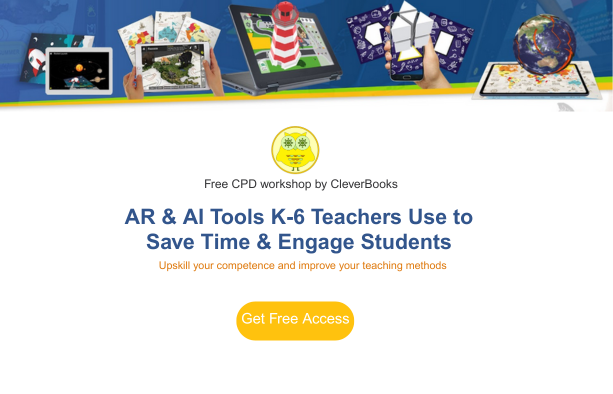Have you ever wished you could take your students to the Great Wall of China, the pyramids of Egypt, or the streets of Paris — all in a single school day? While international travel might be out of reach, augmented reality (AR) makes it possible to bring the world into the classroom in ways that feel vivid, interactive, and unforgettable.
Instead of flipping through static textbook images, students can rotate, zoom, and step into 3D models of landmarks, landscapes, and cultural icons. Suddenly, geography and history aren’t just subjects — they’re experiences.
Why Global Learning Matters More Than Ever
We live in a world where young learners are more connected than any generation before them. Yet, paradoxically, global cultures and histories can still feel distant and abstract when taught through traditional methods. That’s where AR creates a breakthrough.
By holding a 3D model of the Eiffel Tower in their hands or exploring the Pyramids of Giza from different angles, students gain a sense of proximity, scale, and wonder that books alone rarely spark. This isn’t just about memorizing facts — it’s about cultivating curiosity, empathy, and an understanding of the interconnected world they’re part of.
The Power of AR in Global Education
AR bridges the gap between learning about and experiencing. It helps students:
- See landmarks up close — rotating a monument gives them a new perspective on how and why it was built.
- Develop cultural awareness — discovering heritage sites opens up conversations about traditions, communities, and history.
- Connect the local to the global — comparing their own city to global landmarks deepens their understanding of scale, geography, and design.
- Learn actively — when students manipulate and explore, the knowledge sticks.
This kind of learning builds not only knowledge but also empathy — students start to see themselves as part of a larger human story.
AR as a Spark for Deeper Exploration
The real value of AR isn’t just the wow factor of 3D visuals. It’s how these experiences spark inquiry:
- A student exploring Machu Picchu may ask: “How did people build something so advanced high in the mountains without modern tools?”
- Rotating Big Ben might lead to a discussion on timekeeping and how societies measure and organize their lives.
- Viewing the Statue of Liberty can raise questions about migration, freedom, and shared human values.
In this way, AR acts as a launchpad for meaningful conversations across multiple disciplines — geography, history, art, even ethics.
The Future of Global Classrooms
Imagine students keeping a digital “passport” where each AR experience adds a new stamp, representing not just a place but also a piece of understanding. Over time, they create their own global journey — one that connects knowledge with personal curiosity.
This approach prepares learners for the kind of world they’re growing into: interconnected, multicultural, and constantly evolving. Global learning through AR isn’t about replacing textbooks or travel; it’s about enhancing perspective and making knowledge accessible in ways that are memorable and engaging.
Final Thoughts
Global education doesn’t have to wait until students are old enough to board a plane. With AR, the world comes alive at their fingertips. They don’t just learn about the Leaning Tower of Pisa or the Sydney Opera House — they rotate it, explore it, and connect it to the bigger human story.
By blending geography, culture, and history into immersive experiences, AR empowers young learners to grow into open-minded, curious individuals who see themselves as part of something larger.
✨ Next time you want to spark curiosity, let AR take your classroom on a journey across the globe — no passport required.

